#Benjamin Haydon
Photo

Curtius Leaping into the Gulf by Benjamin Haydon (1842)
126 notes
·
View notes
Text
Benjamin Robert Haydon. Part 4.
The sad ending to life.
In the previous blog I told you about Benjamin Haydon’s trip to Paris with his friend David Wilkie. The journey began at the end of May 1814 when the pair were able to take advantage of the ending of hostilities between England and France. Whilst in the French capital the two artists spent time at the Louvre and see the art collections gathered by Napoleon from across…
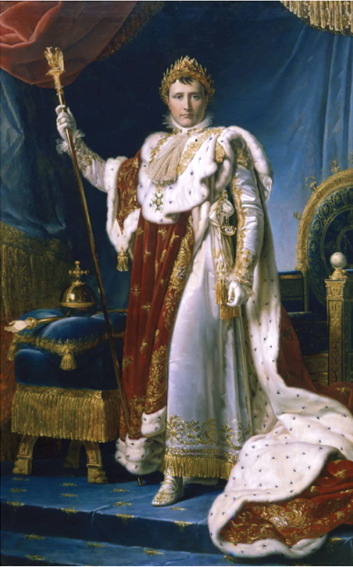
View On WordPress
2 notes
·
View notes
Text

▪︎ Musculature and bones of the lumbar spine, pelvis and thighs.
Artist/Maker: Benjamin Robert Haydon (1786-1846)
Date : 28 June 1805
Medium: Red and black ink with grey, brown and red washes on off-white paper.
#19th century#19th century art#history#art#history of art#art history#scientific illustration#illustration#history of science#anatomy#anatomical#anatomical drawing#muscles#musculature#pelvis#lumbar spine#bones#Benjamin Robert Haydon#drawing#june 28#1805
66 notes
·
View notes
Text
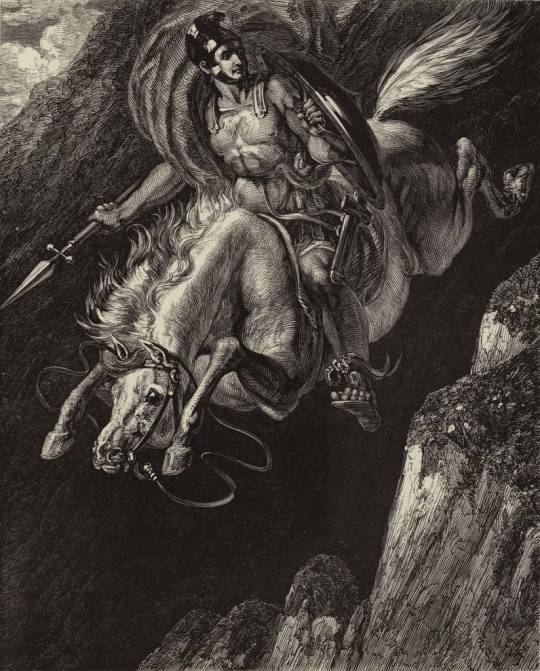
Benjamin Robert after Haydon - Marcus Curtius.
7 notes
·
View notes
Text
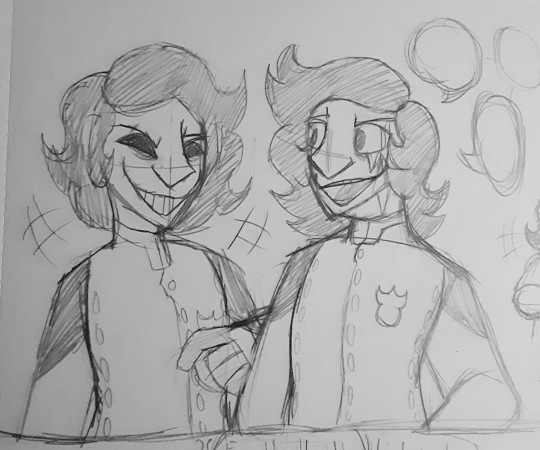
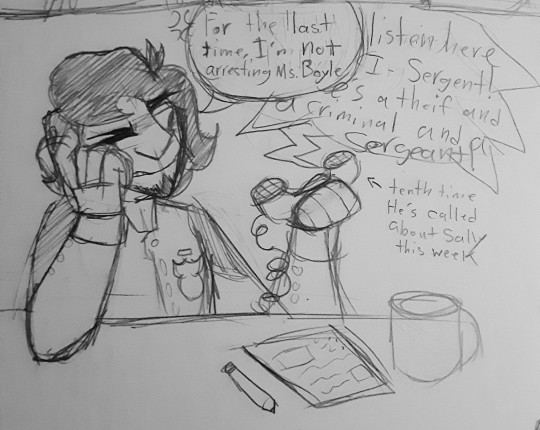

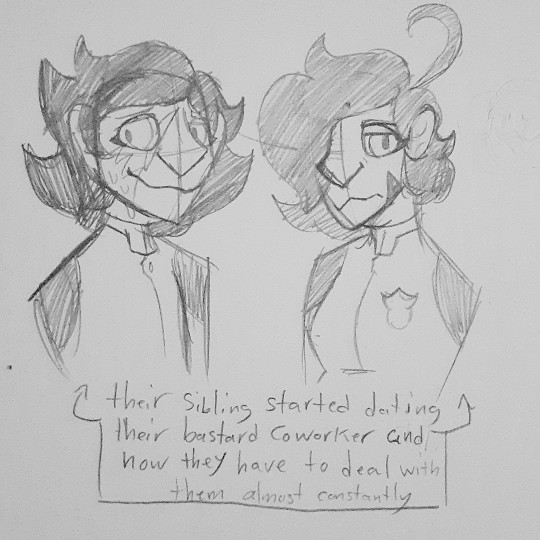

Forever plagued by the Brits inside our head
#art tag#system shenanigans#alter art#ft. Connor#ft. Bevan#ft. Scott#ft. Haydon#ft. Jasmine#ft. Henry#from Benjamin#the guy on the phonecall is Anton Verloc
2 notes
·
View notes
Photo
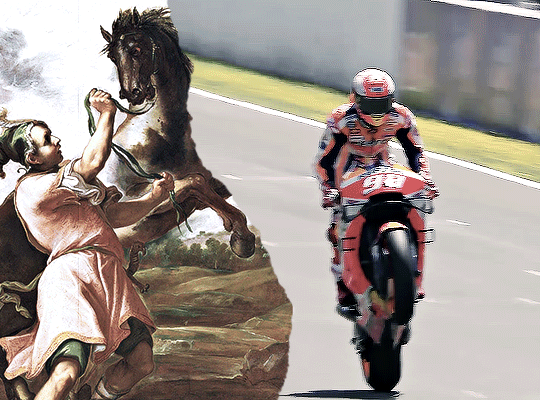
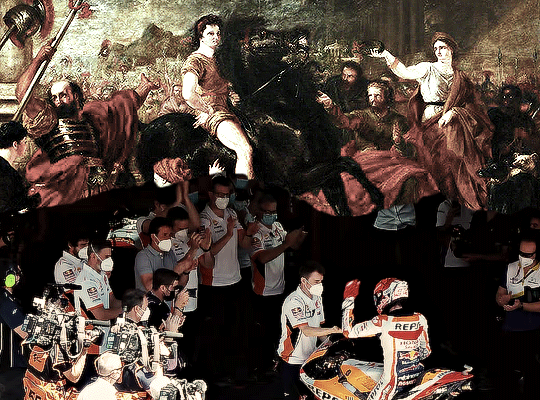


Marc Márquez & RC213V // Alexander the Great & Bucephalus
Alexander and Bucephalus by Domenico Maria Canuti, 17th century
Alexander and Bucephalus in combat at the Battle of Issus portrayed in the Alexander Mosaic
Alexander and Bucephalus by Giambattista Tiepolo Venice, Circa 1757-1760
Alexander the Great (356–323 BC), Taming Bucephalus by Benjamin Robert Haydon, Circa 1826-1827
#marc marquez#marcmarquezedit#motogp#motogpedit#bynadya#n.edit#make a thing.....#make another marc & alexander the great thing...........#i hate the middle gifs 💀
280 notes
·
View notes
Text

A sketch of the Romantic poet John Keats made by Benjamin Robert Haydon, 1816.
#john keats#keats#romantics#romantic poets#romantic poetry#romantic age#lord byron#percy bysshe shelley#mary shelley#dark academia#light academia#19th century#art
260 notes
·
View notes
Note
"since his wife Mary tried hard to acquire all the portraits of him"
how many portraits are there of him? What are they? :0 The only one I know of that was made of him when he was alive, all the rest I've seen seem to just be attempts to make Currant's painting look nicer lmao
On Percy Shelley's appearance: portraits and descriptions
Existing portraits include: sketches by Edward Ellerker Williams, some reprinted in Newman Ivey White's Shelley biography, a drawing by Mary Shelley (sometimes said to be by Williams), some portraits of him as a child, some missing or unidentified portraits mentioned in Mary Shelley's letters, portraits by Marianne Hunt (Leigh Hunt's wife), the sketches and painting by Amelia Curran and their many copies you've seen.
Williams' sketches, from White's book:


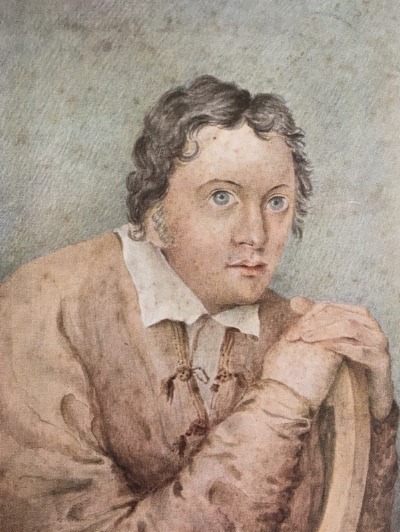
Marianne Hunt's portraits (sculpture from the Eton College library, shadow silhouette portrait from I don't remember where, but these shadow silhouettes were made from tracing the subject's shadow, so it is the most accurate likeness):


Mary's supposed drawing (screenshot of a prior post of mine, source incl.), child Percy from the Morgan library:


child Percy by Antoine Philippe, duc de Montpensier (Bodleian library), a sketch by the same artist at the National Portrait Gallery, and a portrait of him by an unknown artist from the National Portrait Gallery - there are possibly other portraits of him as a child considering his family was rich:

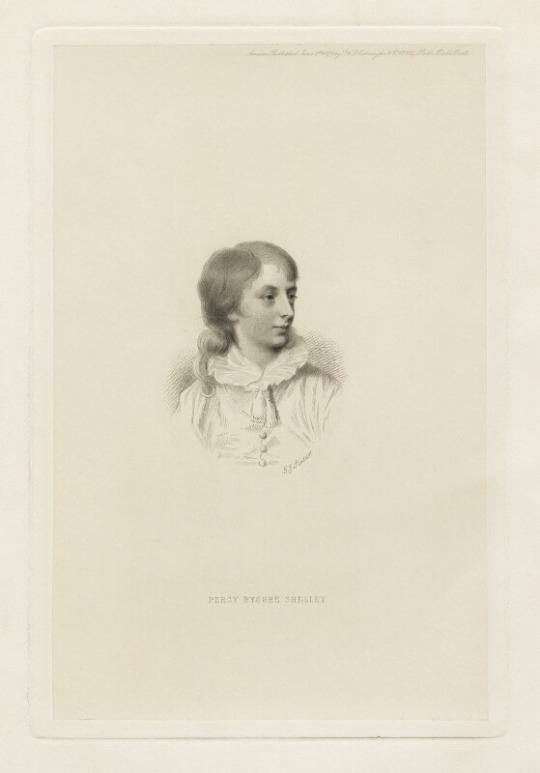
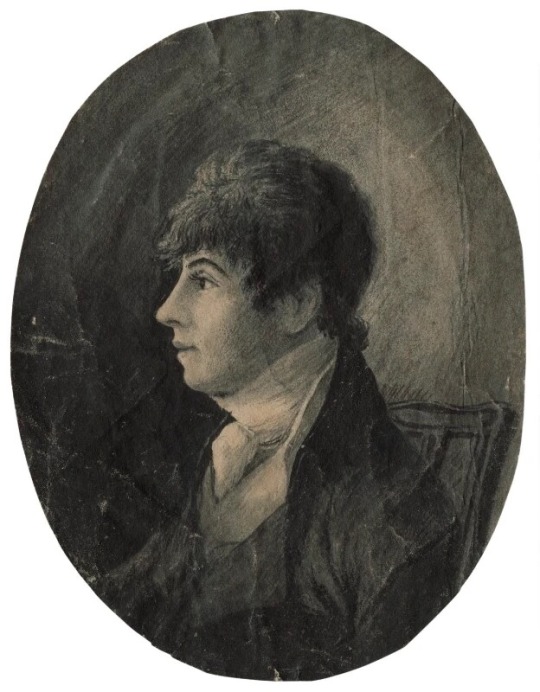
Many of the portraits don't resemble each other, which as an artist myself I can only assume is a reflection of the skill of the varying artists, some of which were only beginners. Curran was a practicing art student and apparently threw her Shelley painting into her fireplace and nearly destroyed it at one point lmao. I personally struggle to capture likeness myself and if I made a portrait of Shelley it would probably look nothing like him.
Then there are some extended descriptions and anecdotes on him, his personality, and his appearance. The best ones are given in the memoirs of his friends Medwin, Hogg, Trelawny, Hunt, Hazlitt's essay "On Paradox and Common Place," the 1863 essay by Thornton Leigh Hunt (Hunt's son) titled "Shelley: By One Who Knew Him" (a favorite of mine), Claire Clairmont's letters and journals, a description from "the life and letters of Joseph Severn," Horace Smith in his 1847 essay series "A Graybeard's Gossip About His Literary Acquaintances" (essays No. 8 and 9), Benjamin Haydon's autobiography, Sophia Stacey's diary excerpts published in "Shelley and his Friends in Italy" (another favorite of mine), and letters by his sister Hellen Shelley published in Hogg's Shelley biography (some of the most interesting anecdotes).
Then there are miscellaneous reports mostly colleced in the Shelley biographies by Richard Holmes, Newman Ivey White, and James Bieri (these are the best and most comprehensive Shelley biographies with Holmes "Pursuit" in first place and Bieri a close second).
Mary Shelley's letters and journals are filled with memories of him, and she wrote about him in the editions of his works she edited: Posthumous Poems (1824), The Poetical Works of Percy Bysshe Shelley (1839), Essays, Letters from Abroad, Translations and Fragments (1840). It's so fascinating to read her intelligent analysis of his work knowing she was there when he wrote most of it, and to see her share some of her anecdotes about their life and things that inspired specific works of his. She always focuses on his writing and philosophies more than his personal life because of how much slander they had received due to their scandals, etc. (adultery, radical politics, atheism, the custody battle with his first wife's parents, etc.) -- I can't recall if she ever wrote an extended account of his appearance. She saw him as a soulmate and exalted his powerful inner spirit above all else, and described his physical frame as being a weak sort of chain which had bound him to the world, reflected in his poor health and restlessness.
#this post will function as a resource list for any future essays i may write on his life lol#percy shelley#percy bysshe shelley#literature#english literature#resources#romanticism resources#romanticism#shelley#mary shelley#romantics#the romantics#portraits#essays#romantic poets#the romantic era#biography#history#historical figures#ramble#infodump
34 notes
·
View notes
Photo

Punch or May Day
Benjamin Robert Haydon (1786–1846)
Tate Britain
48 notes
·
View notes
Text
Benjamin Robert Haydon.
Part 3. The Elgin Marbles affair
Judgement of Solomon by Benjamin Haydon
The eventual sale of Haydon’s painting, Judgement of Solomon, to a pair of Plymouth bankers, Sir William Elford and his partner, Mr T J Tingcombe gave Haydon a much needed seven hundred guineas but although that lessened his debt, he still owed more than four hundred guineas to various other creditors. Even before the…
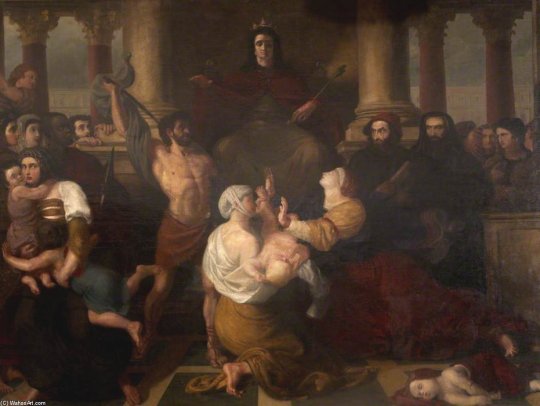
View On WordPress
#Art#Art Blog#Art History#Benjamin Haydon#David Wilkie#Elgin Marbles#English painter#John Bull#Leigh Hunt#Lord Elgin#Richard Payne Knight
0 notes
Text
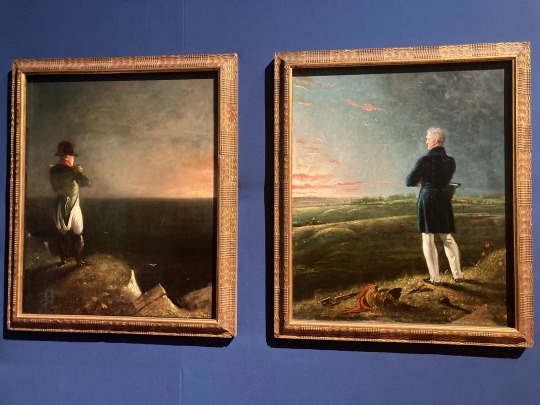
Napoleon musing at St Helena and Wellington musing on the Field of Waterloo by Benjamin Robert Haydon (1786-1846)
(My photo)
#stumbled upon these at the national portrait gallery today#had to stop and sit down for a minute#art#napoleonic era#napoleonic wars#duke of wellington#poisonous rambles#redcoat ravings
15 notes
·
View notes
Photo

The Duellists (1977) Ridley Scott | Napoleon Bonaparte Musing at St. Helena (1845) Benjamin Robert Haydon
4 notes
·
View notes
Text
There surely is in human nature an inherent propensity to extract all the good out of all the evil. - Benjamin Haydon
"Enjoy your day - Free Stuff In my Bio"
0 notes
Text


John Keats in a letter to Benjamin Robert Haydon / Nine Inch Nails – The Way Out Is Through
#web weaving#webweaving#john keats#nine inch nails#quotes#it suddenly struck me and i can't stop thinking about it#soliloquy
0 notes
Text
27th November
Nuns Fret Not at their Convent’s Narrow Room by William Wordsworth
Wordsworth extolled the freedom blank verse gave him from the constraints of rhyme and metre. Equally, however, as in this poem, he also enjoyed the formulaic nature of the sonnet and compares it to other confined spaces in which others can also thrive.
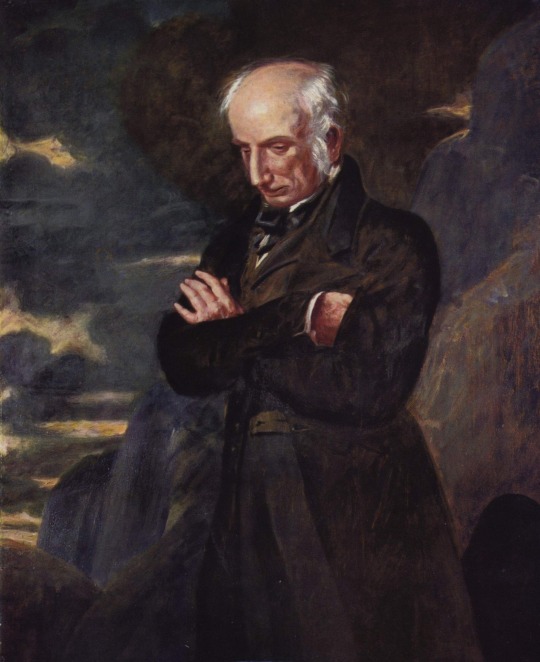
Wordsworth on Helvellyn by Benjamin Haydon, National Portrait Gallery. Source: Wikipedia
Nuns Fret Not at their Convent’s Narrow Room
Nuns fret not at their Convent’s narrow room;
And Hermits are contented with their Cells;
And Students with their pensive Citadels:
Maids at the Wheel, the Weaver at his Loom,
Sit blithe and happy; Bees that soar for bloom,
High as the highest Peak of Furness Fells,
Will murmur by the hour in Foxglove bells:
In truth the prison, into which we doom
Ourselves, no prison is: and hence to me,
In sundry moods, ‘twas pastime to be bound
Within the Sonnet’s scanty plot of ground;
Pleased if some Souls (for such there needs must be)
Who have felt the weight of too much liberty,
Should find brief solace there, as I have found.
Wordsworth, a radical in his youth, here, in literary terms at least, makes the case for predictability, conservatism and the pleasure of the familiar - which can still lead to things of beauty.
0 notes
Text


9/25/22
"I will clamber through the Clouds and exist." - John Keats, letter to Benjamin Robert Haydon (1818)
0 notes